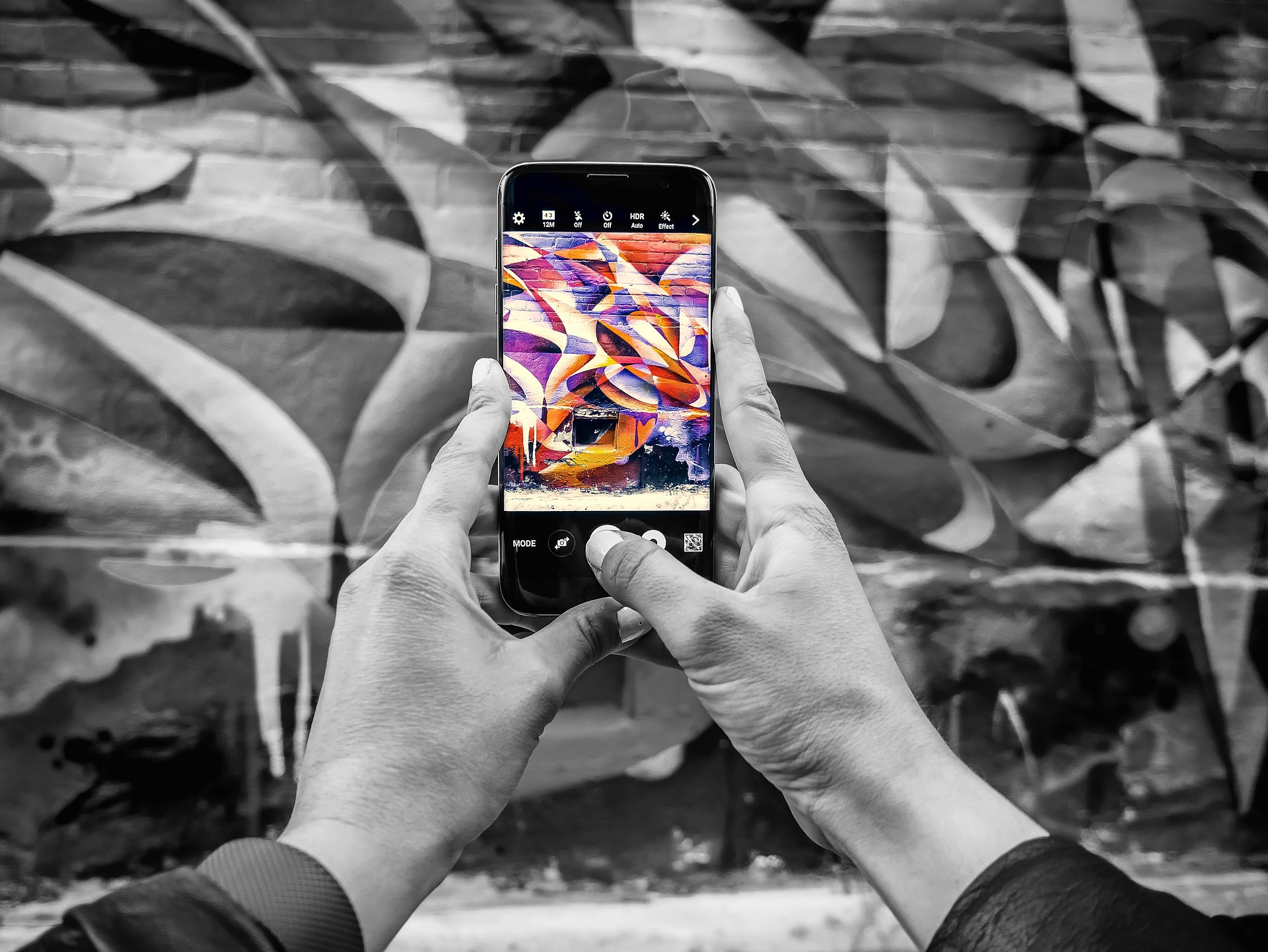Augmented Reality: The New Frontier in Artistic Expression
Introduction: Immerse yourself in a world where art and digital technology intertwine. Discover the burgeoning field of augmented reality art, a cutting-edge trend transforming the way we interact with creativity. Augmented reality (AR) art, a fusion of creativity and cutting-edge technology, has been gradually making waves in the art world. Unlike virtual reality (VR) which transports users into a completely virtual world, AR overlays digital elements onto our real-world environment. This new technology has opened up a whole new realm of possibilities for artists and creators.

Pioneers in this field began experimenting with AR art in the late 1990s and early 2000s. However, it was only with the advent of smartphones and AR-enabled apps that this art form started to gain traction. Today, AR art is being recognized for its immense potential to challenge traditional notions of art and viewer interaction.
AR Art Today: A Leap into the Future
In recent years, AR art has made headlines globally. In 2020, Acute Art, a digital art platform, collaborated with British artist Antony Gormley and Dr. Priyamvada Natarajan, an astrophysicist, on an AR project called “Lunar Dome.” This digital art installation, viewable through a smartphone, superimposes a colossal lunar landscape onto the viewer’s surroundings, illustrating the profound potential of AR art.
Impact and Significance: Redefining Viewer Interaction
One of the most transformative aspects of AR art is its ability to redefine the viewer’s role. Traditional art forms often involve a more passive form of engagement, where viewers observe and interpret a piece at a distance. AR art, on the other hand, allows viewers to step into the artwork, interacting with it on an intimate and immersive level.
Such participation not only deepens the viewer’s engagement but also opens up new avenues for artistic exploration and expression. In many ways, AR art is breaking down the barriers between artist, artwork, and audience, fostering a more democratic and inclusive art experience.
Challenges and Opportunities: The Road Ahead
Despite its potential, AR art is not without its challenges. The technology required to create AR art is complex and can be prohibitive for artists with limited resources. Additionally, the digital nature of AR art raises questions about the permanence and ownership of these transient works.
However, with the rapid advancements in technology and the growing interest in digital art forms, the future of AR art looks promising. It holds the potential to revolutionize the art world, offering a radical new framework for artistic expression and viewer engagement.
The advent of AR art illustrates the ever-evolving landscape of the arts and entertainment industry. As technology continues to advance, we can look forward to more boundary-pushing innovations that challenge our perceptions and redefine the way we experience art.




